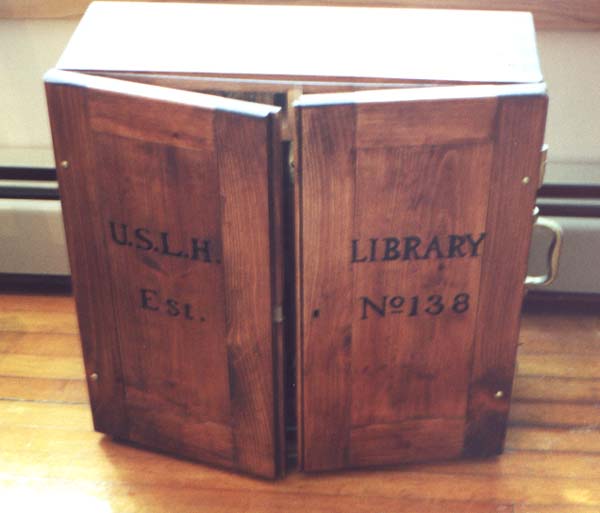Blog post at “Confessions of a Bookplate Junkie”
I am a novice when it comes to the bookplate, but as a book collector I have come to appreciate the art and provenance that a bookplate can impart. I collect books on literary forgery and this encompasses, for me, fakes, frauds, forgeries and the occasional hoax. In a collection comprised of about 400 volumes, there are a number of books with ex libris. A few of my personal favorites are displayed here.
I acquired several volumes a few years back, including The Two Forgers by John Collins and Introductions . . . to the Catalogue of the Ashley Library containing the bookplate of Frederick Baldwin Adams Jr. Adams was a noted book collector and for many years director of the Pierpont Morgan Library in New York City.

Recent Comments